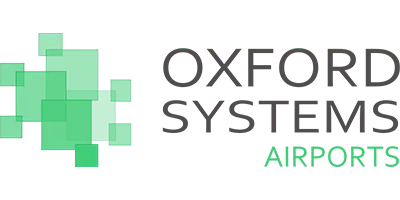Our services
- Home
- Our services
Our Proactive Services
From Vulnerabiltity Management solutions to Penetration Testing, we have you covered.
PENETRATION TESTING
Penetration Testing is a proactive exercise to help identify the more obscure vulnerablilities affecting your organisation’s assets and infrastructure that the scans may miss. Penetration Test results are vital in order to properly understand your organisation’s risk and plan risk management strategies in order to better defend against a cyber attack.
CYBER ATTACK RESILIENCE
Cyber Attack Resilience is a review of your procedures in place for dealing with the eventual inevitable successful cyber attack. Oxford Systems can provide an independent review of the procedures that your business has in place to minimise the effects of a successful attack and offer our expert advice on how to refine and improve them to better respond when the inevitable happens.
VULNERABILITY MANAGEMENT
Regular Vulnerability Scans are an excellent way to start to understand the security posture of your business. While not as in-depth as a Penetration Test, they provide a much more continuous view and broader perspective of vulnerabilities impacting your organisation. They can also help you identify improvements for policies such as with patch management.
SOCIAL ENGINEERING ASSESSMENT
The human element is often the weakest link in organisations. Security awareness training helps to teach employees to be vigilant. To give a greater effectiveness, phishing awareness practice to compliement the training and visibility of how well reactive processes are understood by staff, Social Engineering Assessments are a must. This can include both phishing exercises and onsite office access attempts to determine how effective training has been.
ATTACK SURFACE MAPPING
Understanding where your assets, data and IP begins and ends has become much harder in the modern age. With shadow IT, cloud-based third party services, online code repositories and employees all fighting the technical safegaurds, leakage of data or exposure of assets is unfortunately very common. Attack Surface Mapping attempts to locate any trace of your organisation’s data and assets online and reports it back to you so you can take control of it once again.
CYBER SECURITY ROADMAP
Regular Vulnerability Scans are an excellent way to start to understand the security posture of your business. While not as in-depth as a Penetration Test, they provide a much more continuous view and broader perspective of vulnerabilities impacting your organisation. They can also help you identify improvements for policies such as with patch management.
WEB APPLICATION PENETRATION TEST
Web applications if configured incorrectly can be extremely dangerous to a business and its customers. Many famous recent “hacks” have originated from a web application vulnerability. As web applications are often used as an interface between a business and its customers. Many store data about its customers which, if stolen, can incur heavy financial penalties and reputational damage.
INFRASTRUCTURE PENETRATION TEST
Oxford Systems will work closely with you performing regular vulnerability scans of your chosen assets. Vulnerabilities will be carefully organised into severity to provide a detailed report which will be given in regular meetings. This will help your organisation continuously increase the security posture of your assets, network and environment in order to evolve with the threat landscape.
EXTERNAL IINFRASTRUCTURE PENETRATION TEST
An External Infrastructure Penetration Test is performed across the internet and is designed to identify what services you may be is exposing and whether these services contain any known vulnerabilities. Quite often, a simple misconfiguration can lead to an unwanted service being exposed on the internet.Unfortunately, this can lead to active exploitation by malicious automated scanners and exploit tools.
Looking for more INFORMATION
Get in touch with us
Let us know how we can help you! It will only take a minute
Subscribe for the latest discounts and courses news
About Us
Based on its 20 years’ experience of delivering cyber security services to the Transport and Critical National Infrastructure services in the UK and Europe, Oxford Systems has developed a number of services to assist your airport in defending itself against the modern world of cyber and IT attacks, and complying with the increasing regulatory environment.
We understand that each airport is different and will help find ways to handle security that work for you, not against you.


